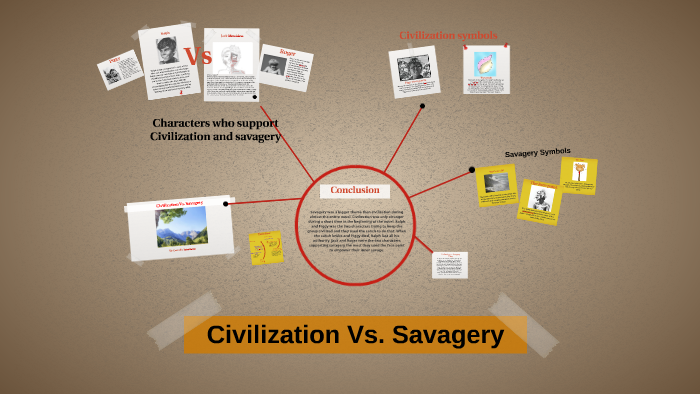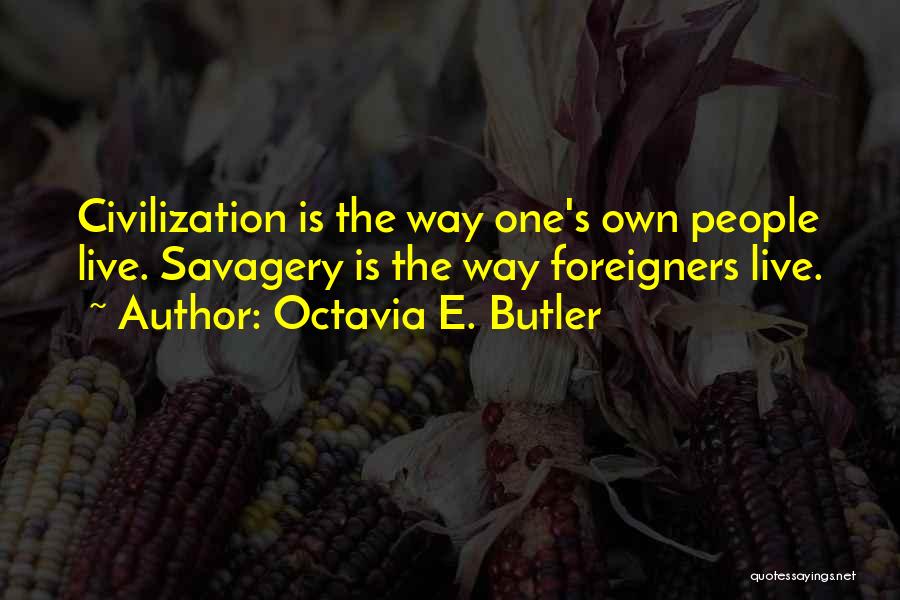

“Lord of the Flies” Tries to explore the answers of the following questions: At first, it is a place of natural beauty and peace, but when Simon returns later in the novel, he discovers the bloody sow’s head impaled upon a stake in the middle of the clearing. The forest glade in which Simon sits in symbolizes this loss of innocence. Golding implies that civilization can mitigate but never wipe out the innate evil that exists within all human beings. But Golding does not portray loss of innocence as something that is done to the children rather, it results naturally from their increasing openness to the innate evil and savagery that has always existed within them. The painted savages who have hunted, tortured, and killed animals and human beings. Loss of InnocenceĪs the boys on the island progress from well-behave orderly children to cruel, bloodthirsty hunters who have no desire to return to civilization, they naturally lose the sense of innocence that they possessed at the beginning of the novel. Among all the characters, only Simon seems to possess innate goodness in him. This idea of innate human evil is central to Lord of the Flies. When left to their own devices, Golding implies, people naturally revert to cruelty, savagery, and barbarism. Golding sees moral behaviour, in many cases, as something that civilization forces upon the individual rather than a natural expression of human individuality.

Generally, however, Golding implies that the instinct of savagery is far more primal and fundamental to the human psyche than the instinct of civilization.

Piggy, for instance, has no savage feelings, while Roger seems barely capable of comprehending the rules of civilization. With the progresses in the story, Golding shows how different people feel the influences of the instincts of civilization and savagery to different degrees.


 0 kommentar(er)
0 kommentar(er)
